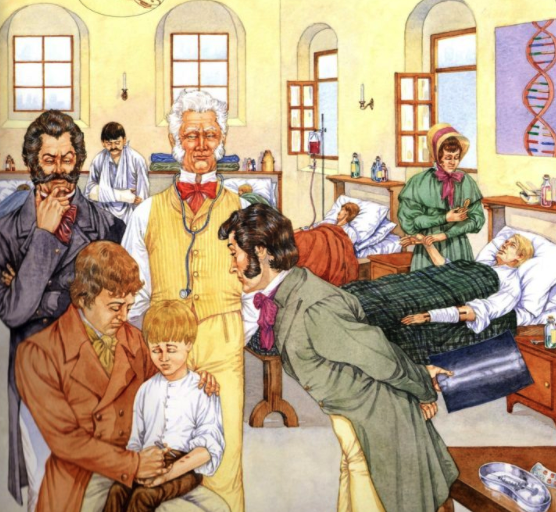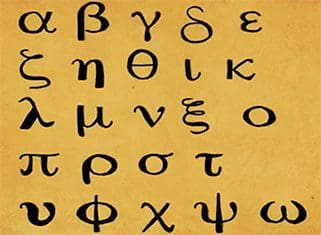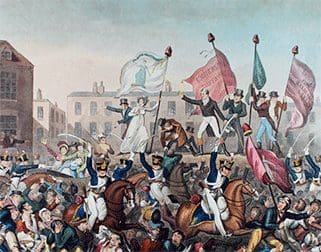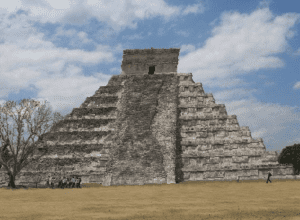
Small stories and big pictures
As history teachers, we love telling stories. We do this to motivate pupils as we know they are interested in them and find them relatively easy to recall. They help pupils to make their own meaning.
For many pupils History’s appeal often lies in the story-telling aspect of the discipline. As adults we love reading stories. When I recently embarked on re-reading Norman Davies massive history of Europe I turned first to a series of stories he used to make sense of particular periods and issues in the past. As history teachers we often like to teach the events as an unfolding narrative. It mimics the format of an unfolding TV drama series. We keep the topic interesting by revealing the edges of the historical map gradually.
Daniel Willingham has explored the cognitive psychology behind our human tendency to privilege stories: “History is a natural story; it has the four Cs of a memorable story —causality, conflicts, complications, and character—built in.
So we tell small stories of individual sources, or people, or moments of particular resonance, to hook and engage our audiences of mixed ability pupils primarily because we know it works. Before our eyes we see pupils rising to the bait. Miraculously they even start to ask their own questions.
Example
Here is an example of a very short story, almost just a scenario, which engaged pupils’ interest and made them think.
The scene is set in Venice . The year is 1483.
At the Canal Grande near the Rialto Bridge a little dog is taking himself for a walk. Every time he meets an Italian he yaps and barks furiously, recoiling as he does so. When he sees a German, a Dutchman or a person from Scandinavia near the bridge, however, his tail immediately starts to wag vigorously, in a most friendly manner and he wants to be petted.
So why does he behave in this manner? What does the story tell us about Venice in 1483?
If you would like to know the answer email me back and I’ll send you ‘the answer’.








